The construction industry is undergoing a transformative shift towards sustainability, driven by urgent global concerns over resource scarcity, environmental impact, and regulatory pressures. This paradigmatic change is increasingly evident in the growing demand for recycled materials as a fundamental strategy to mitigate the industry’s ecological footprint. As builders and developers seek innovative solutions to meet stringent environmental standards and reduce construction waste, recycled materials offer a compelling alternative to traditional building resources. This trend not only addresses environmental challenges by conserving natural resources and reducing landfill waste but also aligns with economic imperatives, making construction practices more cost-effective and socially responsible.
What are Recycled Materials?
Recycled materials in construction refer to materials that have been previously used and then processed to be reused in building applications. These materials undergo various treatments such as cleaning, sorting, and sometimes additional processing to meet quality and performance standards suitable for construction. The importance of using recycled materials lies in their significant environmental benefits. By diverting waste from landfills, recycled materials help reduce the strain on natural resources and minimize the energy-intensive processes typically required for extracting, processing, and manufacturing new materials. Additionally, incorporating recycled materials into construction projects can contribute to achieving sustainability goals by lowering carbon emissions and promoting circular economy principles.
Advantages of Recycled Materials in Construction
1. Environmental Benefits: The use of recycled materials in construction significantly reduces the demand for virgin resources such as timber, minerals, and metals. This conservation helps preserve natural habitats, reduces deforestation, and minimizes the ecological impact of resource extraction. Moreover, the production of recycled materials generally requires less energy and generates fewer greenhouse gas emissions compared to manufacturing virgin materials. For example, using recycled steel saves up to 60% of the energy needed to produce steel from iron ore, contributing to substantial reductions in carbon emissions. By integrating recycled materials, construction projects can play a crucial role in mitigating environmental degradation and advancing sustainable development goals.
2. Waste Reduction: Incorporating recycled materials into construction processes effectively diverts significant quantities of waste from landfills. Construction and demolition waste constitute a substantial portion of global landfill volume, and recycling these materials alleviates pressure on waste disposal systems. This approach supports a circular economy model where materials are reused, extending their lifecycle and reducing the need for continuous extraction of finite resources. As communities worldwide grapple with waste management challenges, utilizing recycled materials helps minimize environmental contamination and promotes efficient use of resources.
3. Cost Savings: One of the compelling advantages of recycled materials is their potential cost-effectiveness. While initial material costs may vary, integrating recycled materials often reduces overall project expenses. Savings can accrue from lower disposal fees for waste materials, reduced transportation costs associated with sourcing materials locally, and sometimes lower purchase prices compared to virgin equivalents. For instance, using recycled aggregates in concrete production can lower overall material costs while maintaining performance standards. These financial benefits enhance the economic viability of sustainable construction practices, making them attractive to developers, contractors, and governments alike.
4. Energy Efficiency: Recycling processes generally consume less energy compared to extracting and refining raw materials. For example, manufacturing recycled aluminum uses around 95% less energy than producing aluminum from bauxite ore. By conserving energy resources, using recycled materials contributes to reducing the carbon footprint associated with construction activities. This energy efficiency not only supports environmental sustainability but also aligns with global efforts to mitigate climate change by lowering greenhouse gas emissions from industrial processes.
5. Quality and Performance: Recycled materials are rigorously processed and tested to meet industry standards and performance criteria required for construction applications. Advances in recycling technologies have significantly improved the quality and consistency of recycled materials, ensuring they can perform as well as or even better than virgin materials in various building components and systems. For example, recycled plastic lumber can exhibit superior durability and weather resistance compared to traditional wood products, making it suitable for outdoor applications. This reliability and performance assurance encourage greater adoption of recycled materials across diverse construction projects, from residential buildings to infrastructure developments.
6. Regulatory Compliance: Increasingly stringent environmental regulations and building codes around the world promote the use of recycled materials in construction. Many jurisdictions offer incentives or mandates to encourage builders and developers to integrate recycled content into their projects. Compliance with these regulations not only demonstrates environmental responsibility but also positions construction firms favorably in competitive bidding processes and public procurement opportunities. By embracing recycled materials, stakeholders can align their operations with evolving regulatory frameworks and contribute to broader sustainability objectives.
Types of Recycled Materials used for Construction
1. Straw Bales: Straw bales, typically a byproduct of agricultural processes, have gained popularity as a sustainable building material due to their excellent insulation properties and low environmental impact. When properly compacted and rendered with lime or cement plaster, straw bales form sturdy load-bearing walls that provide superior thermal performance. Their natural insulation capabilities significantly reduce heating and cooling costs, making them cost-effective over the lifespan of a building. Additionally, straw bales are fire-resistant due to their density when compacted, further enhancing their appeal in sustainable construction.
2. Sheep Wool: Sheep wool insulation is valued not only for its thermal properties but also for its sustainability and health benefits. As a natural fiber, sheep wool effectively regulates indoor temperatures, absorbing and releasing moisture without compromising its insulating capabilities. Unlike synthetic materials, sheep wool contains natural lanolin, which repels moisture and inhibits mold growth. Additionally, wool fibers can capture and neutralize harmful indoor air pollutants, improving indoor air quality. Despite being slightly more expensive than traditional insulation materials, the long-term benefits of sheep wool, including its fire resistance and biodegradability, make it a preferred choice among environmentally conscious builders.
3. Rammed Earth: Rammed earth construction involves compacting natural materials such as earth, gravel, and clay between formwork to create solid walls. This ancient building technique offers several advantages in modern sustainable construction, including durability, thermal mass properties, and minimal environmental impact. Rammed earth structures are known for their excellent thermal performance, providing natural insulation that reduces heating and cooling energy demands. They are also non-toxic, resistant to pests, and fire-resistant, making them suitable for diverse climates. The construction process requires minimal energy and can utilize locally sourced materials, further reducing transportation emissions and supporting regional economies.
4. Bamboo: As one of the fastest-growing plants on Earth, bamboo offers unparalleled sustainability in construction. Its rapid growth rate allows for harvesting within just a few years, compared to decades for traditional timber species. Bamboo's strength-to-weight ratio rivals that of steel and concrete, making it suitable for structural elements, flooring, and finishes. Its natural regenerative properties—new shoots sprout from the root system—eliminate the need for replanting, further reducing environmental impact.
5. Recycled Plastic: Recycled plastic is increasingly used in construction to reduce the environmental impact of traditional building materials like concrete and steel. Ground-up recycled plastic can substitute for aggregates in concrete mixes, reducing both the carbon footprint and costs associated with concrete production. Innovations include recycled plastic bricks, roads, and structural elements, offering solutions to plastic waste while improving material durability and longevity.
6. Cork: Harvested from the bark of cork oak trees without harming the tree itself, cork is celebrated for its sustainability and versatility in construction. Cork's natural properties include elasticity, lightweight, and resistance to moisture and fire, making it suitable for diverse applications such as flooring, insulation, acoustic panels, and even exterior finishes.
7. Reclaimed Wood: Reclaimed wood, sourced from old buildings, decommissioned structures, and salvaged materials, offers unique character and environmental benefits in construction. Beyond its aesthetic appeal and warmth, reclaimed wood reduces demand for newly harvested timber, thereby conserving forests and reducing carbon emissions associated with logging and processing. Commonly used for flooring, structural elements, and architectural features, reclaimed wood requires careful assessment for structural integrity, potential contamination, and treatment against pests and decay.
8. Reclaimed Steel: Recycled from demolished buildings and industrial scrap, reclaimed steel retains its structural integrity and durability, making it a sustainable alternative to newly manufactured steel. With significant energy savings in recycling compared to primary steel production, reclaimed steel reduces greenhouse gas emissions and conserves natural resources. Its versatility in applications such as structural support and roofing enhances its appeal in sustainable construction practices.
9. Precast Concrete: Precast concrete involves manufacturing structural components off-site under controlled conditions, offering advantages in sustainability, quality control, and construction efficiency. By reducing on-site labor and material waste, precast concrete minimizes environmental impact and enhances project timelines. Its durability and resilience to weather conditions make it suitable for various building elements such as walls, flooring, and roofing systems. However, precast concrete requires careful design coordination and specialized handling during transportation and installation.
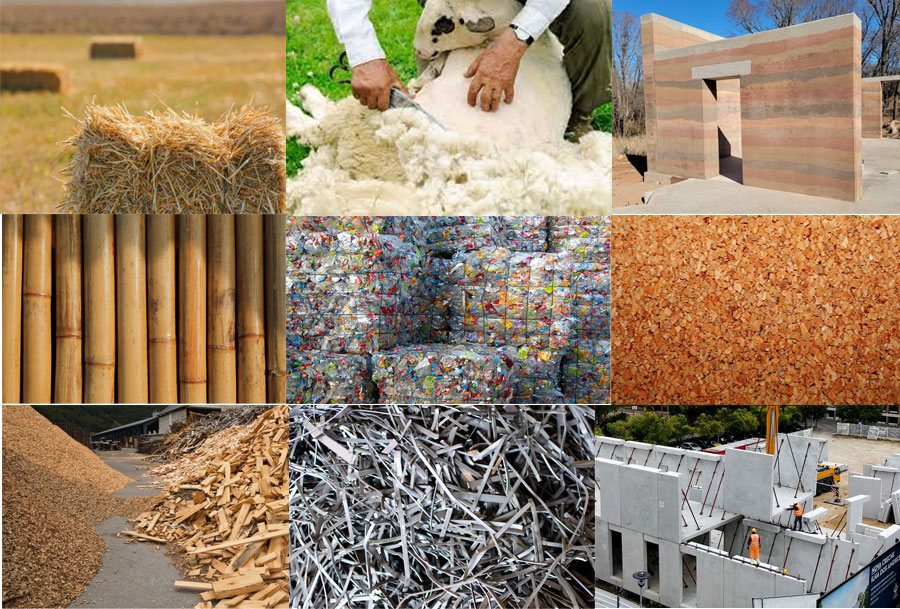
10. Ferrock: A promising innovation in sustainable construction, Ferrock is a material derived from iron-rich waste materials mixed with recycled components such as steel dust or ground-up glass. Known for its exceptional strength, flexibility, and carbon-negative manufacturing process, Ferrock represents a significant advancement in reducing the construction industry's environmental footprint. Its ability to sequester carbon dioxide during production further enhances its sustainability credentials. While still emerging and not widely commercially available, Ferrock holds potential for diverse applications in construction, from structural elements to decorative finishes. Challenges include scaling up production to meet industry demands and managing costs associated with novel manufacturing processes. As technological advancements and market adoption progress,
11. Rice husk; The utilization in construction materials, particularly lightweight concrete, demonstrates innovative waste management from agricultural processes. Rice husk, a byproduct of rice milling, is typically burned or discarded, contributing to environmental issues. Its incorporation into lightweight concrete enhances insulation properties while reducing waste and promoting energy efficiency in buildings. By repurposing rice husk, construction projects contribute to sustainable practices by minimizing agricultural waste and creating more environmentally friendly building solutions that align with resource conservation and climate resilience goals.
12. Red Mud: Red mud, an industrial waste generated during aluminium production, shows promise as a sustainable material in construction. Researchers explore its potential applications in brick production and other building materials due to its composition rich in minerals. By repurposing red mud, which would otherwise be disposed of in landfills, construction projects reduce waste and environmental impact while utilizing a valuable industrial byproduct. Red mud-based materials offer durability and may contribute to the development of eco-friendly construction solutions that support circular economy principles and minimize reliance on virgin materials.
13. Fly Ash Blocks: Fly ash blocks exemplify sustainable construction practices by incorporating fly ash, a byproduct of coal combustion, into building materials. By utilizing fly ash, which is rich in silica and alumina, in the production of blocks, this material reduces environmental impact compared to traditional brick manufacturing processes. Fly ash blocks offer durability, thermal insulation properties, and cost-effectiveness while addressing disposal challenges associated with fly ash waste. Their adoption in construction contributes to waste reduction, energy efficiency, and the promotion of sustainable building solutions that prioritize environmental responsibility and resource conservation.
14. Recycled Aluminium: Recycled aluminium offers a dual benefit of resource conservation and waste reduction in construction materials. By utilizing post-consumer or post-industrial scrap, recycled aluminium significantly reduces energy requirements and greenhouse gas emissions compared to primary aluminium extraction. This material choice supports sustainable building practices by minimizing environmental impact and promoting the circular economy. Recycled aluminium is used in a variety of building applications, including structural components and finishes, contributing to the durability and eco-friendliness of green buildings while reducing reliance on finite natural resources.
15. Recycled Glass: Integrating recycled glass into building materials offers both aesthetic appeal and environmental benefits. Recycled glass, available in various colors and textures, is used in countertops, tiles, and decorative features, providing a sustainable alternative to new glass production. By diverting glass waste from landfills and reducing energy consumption associated with glass manufacturing, this material choice supports eco-friendly building practices. Recycled glass enhances the visual appeal of green buildings while demonstrating a commitment to resource efficiency and waste reduction throughout the construction process.
16. Fly Ash Cement: Fly ash cement represents an innovative approach to sustainable construction by utilizing industrial byproducts from coal combustion in power plants. By blending fly ash with traditional cement, this material reduces the amount of waste sent to landfills while conserving natural resources. Fly ash cement maintains structural integrity and durability, making it suitable for foundational elements, floors, and other structural components in green buildings. Its adoption in construction practices contributes to lower greenhouse gas emissions and energy consumption compared to conventional cement production, aligning with environmental stewardship and resource efficiency goals.
17. Natural Clay Plaster: Natural clay plaster is a sustainable interior finish derived from clay deposits. It offers a breathable and textured surface that regulates indoor humidity levels, creating a comfortable and healthy living environment. Natural clay plaster is free from synthetic chemicals and VOCs (volatile organic compounds), contributing to better indoor air quality. Its use in green buildings promotes sustainability by utilizing natural materials, reducing environmental impact during production and improving building performance.
18. Cellulose: Cellulose insulation is crafted from recycled paper products, typically post-consumer waste like newspapers and cardboard. This eco-friendly insulation material provides excellent thermal performance and soundproofing capabilities. Cellulose insulation helps to conserve natural resources and reduce environmental impact by repurposing paper waste that would otherwise end up in landfills. It's treated with fire retardants to enhance safety, making it a sustainable choice for insulation in green buildings.
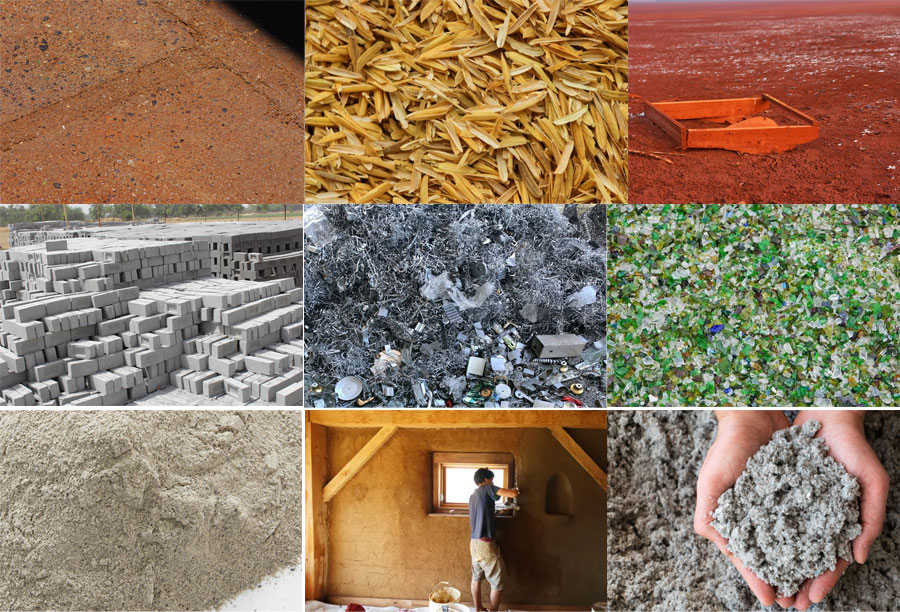
Conclusion
The integration of recycled materials into construction practices presents a compelling array of benefits. These materials contribute significantly to environmental sustainability by reducing waste sent to landfills and minimizing the demand for virgin resources. Moreover, they often offer comparable or even enhanced performance characteristics, proving their suitability for a wide range of construction applications. Embracing recycled materials not only supports ecological goals but also aligns with economic efficiencies, offering cost savings over time. By leveraging innovation and collaboration, the construction industry can further enhance the adoption of recycled materials, paving the way for a more sustainable and resilient built environment.
Image sources- archdaily.com, designwithfrank.com, scienceabc.com, glsrammedearth.com, biome.com.au, ul.com, modishliving.co, rubicon.com,parametric-architecture.com, niir.org, newatlas.com, ecostar.eu.com, generalkinematics.com, thespruce.com, theyearofmud.com, breinerco.com

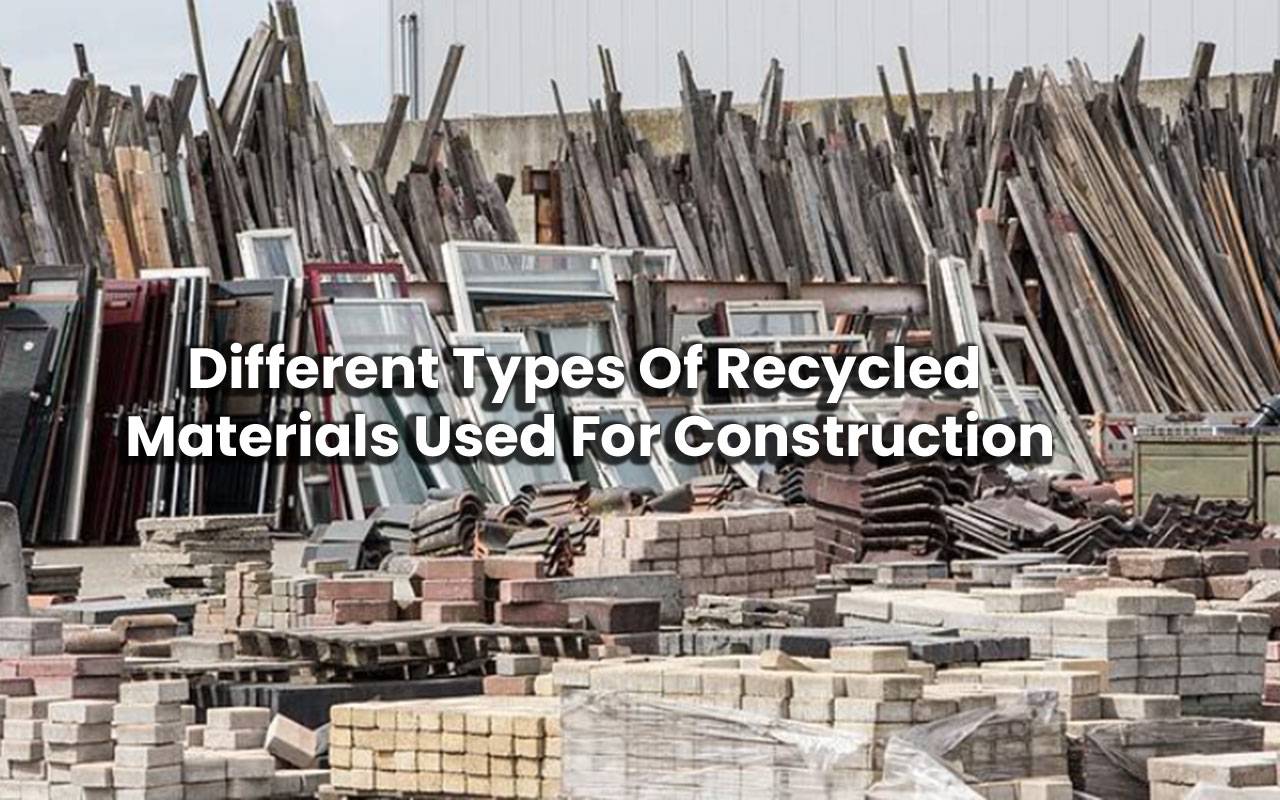



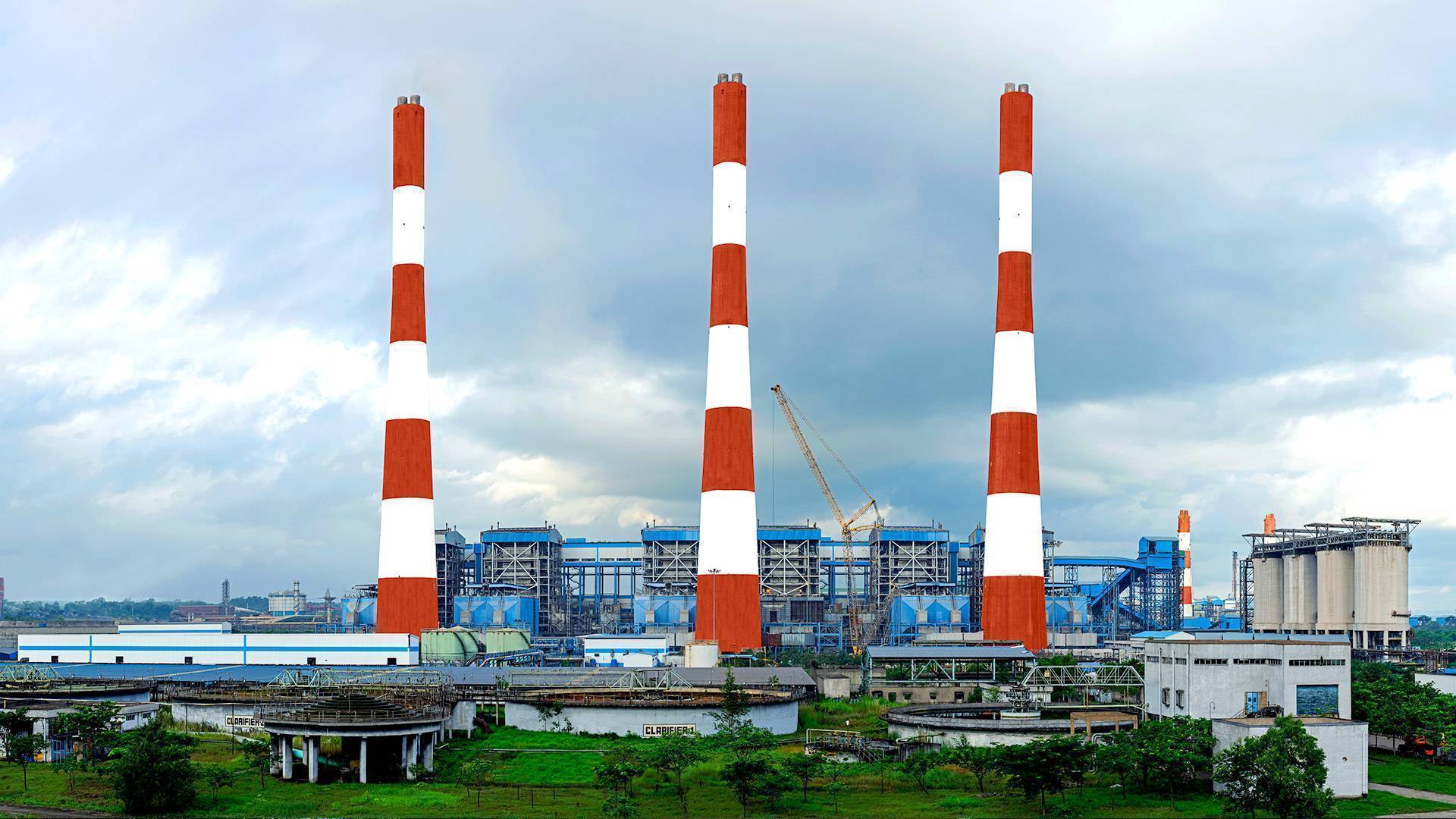

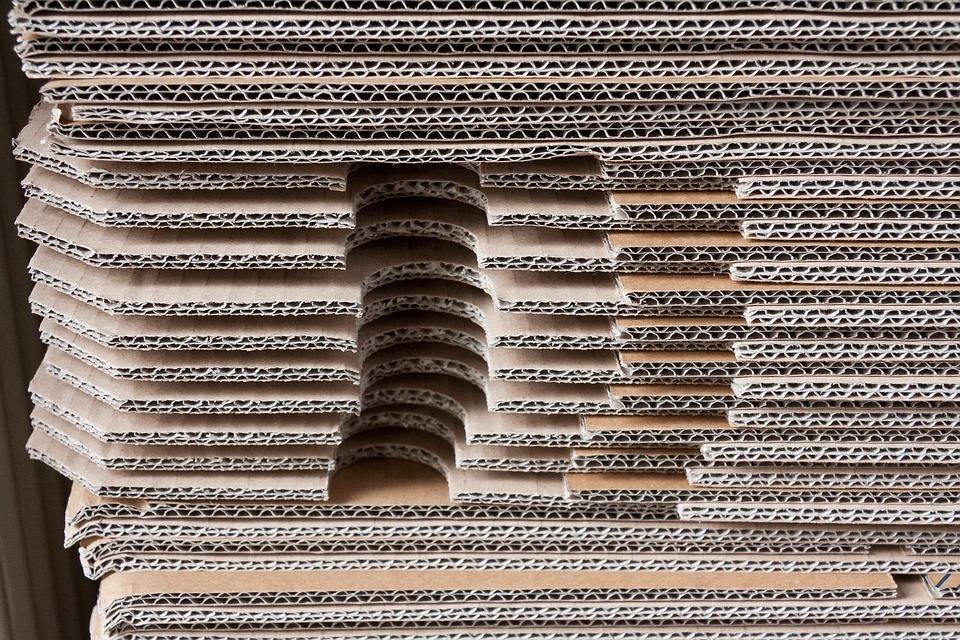

.png)